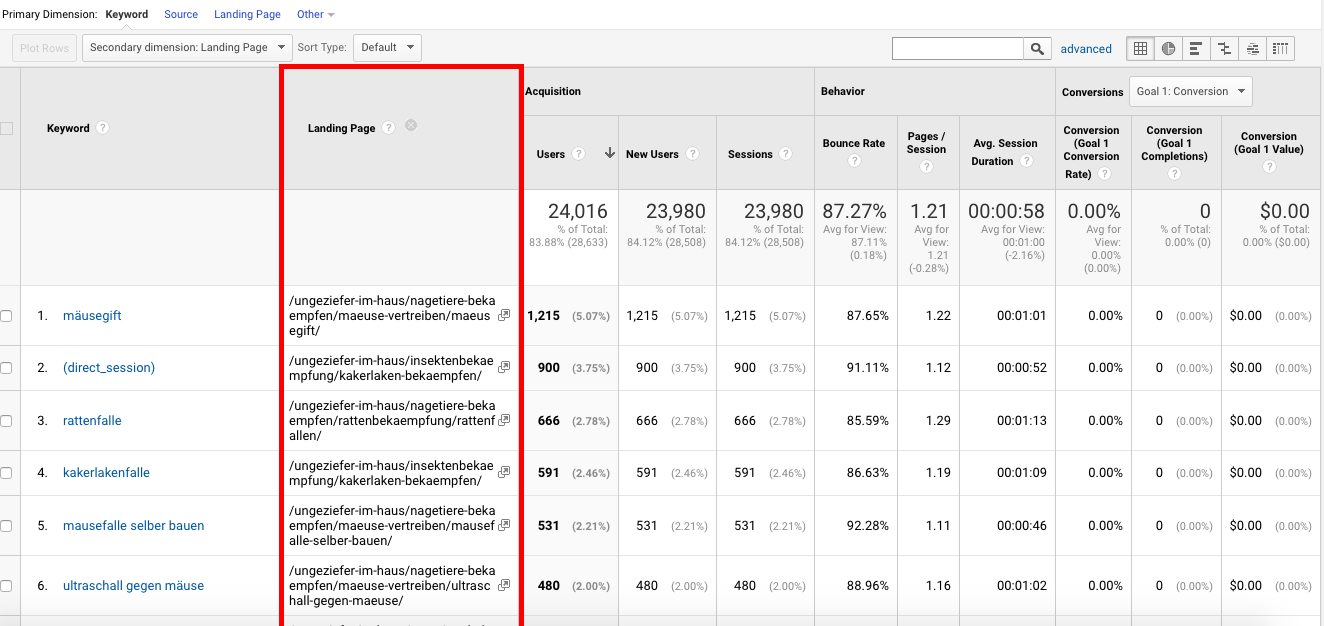Browsing the Midst of Secondary Measurement in Google Analytics: A Detailed Expedition on Its Capability
Second measurements, though apparently uncomplicated at very first glance, harbor a wealth of untapped possible waiting to be harnessed. As we get started on this trip to check out the nuanced functionality of additional measurements, we will uncover exactly how this function can brighten patterns, reveal relationships, and eventually lead the way for notified decision-making in the electronic landscape (what is a “secondary dimension” in google analytics?).
Understanding Second Measurements in Google Analytics

Comprehending exactly how second measurements job is essential for leveraging the complete power of Google Analytics. These measurements help you answer a lot more complicated inquiries concerning user behavior and the performance of your site web content and marketing initiatives. For instance, you can use additional dimensions to assess which tools or web browsers are most generally used by site visitors who buy, or to contrast the bounce prices of different web traffic sources. By combining key metrics with second measurements, you can gain valuable understandings that drive informed decision-making and optimization methods - what is a “secondary dimension” in google analytics?.
Leveraging Additional Measurements for Data Evaluation
Building upon the foundational understanding of how second measurements enhance data analysis in Google Analytics, the use of these added layers of details comes to be extremely important in extracting valuable understandings for informed decision-making and optimization approaches. By leveraging additional measurements, experts can dive much deeper right into the performance metrics by adding more context to the primary measurements, hence revealing concealed patterns and correlations that might not be obvious initially look. This much deeper level of analysis enables organizations to much better understand user actions, recognize fads, and determine locations for improvement.
Additionally, second measurements give an even more thorough sight of the data, enabling division based on numerous criteria such as demographics, gadgets, website traffic resources, and a lot more. This division helps with a more granular analysis, making it possible for businesses to customize their methods and projects to particular target market sectors for enhanced targeting and customization. Fundamentally, the critical usage of secondary dimensions empowers companies to make data-driven choices that drive development and success in the digital landscape.
Advanced Techniques for Additional Measurement Implementation
Checking out complex methods to harness the full capacity of secondary measurements in Google Analytics boosts the deepness and class of data evaluation for calculated decision-making. One sophisticated strategy for carrying out additional measurements is the usage of custom dimensions. By defining personalized dimensions, users can sector data even more to obtain even more details understandings into user behavior, such as tracking communications with particular aspects on a webpage or checking the efficiency of a certain advertising project. Another innovative approach is the usage of regex (regular expressions) within secondary dimensions. Regex permits even more powerful and versatile pattern matching, enabling customers to produce intricate filters for information evaluation. In addition, incorporating additional measurements with innovative segments can offer a lot more granular insights by applying multiple layers of segmentation to the data. This approach permits a much deeper understanding of customer behavior based upon various standards simultaneously. Executing these advanced methods for second dimensions in Google Analytics empowers individuals to perform a lot more sophisticated evaluation and make data-driven decisions with accuracy.
Interpreting Insights Via Additional Measurements

When translating understandings via second measurements, it is vital to consider the context of the information and just how different dimensions interact with each various other. Understanding which particular traffic resources lead to higher conversion rates or identifying which tools customers like for making purchases can supply actionable understandings for enhancing marketing campaigns and improving general internet site performance. By very carefully taking a look at the data with secondary dimensions in mind, organizations can make informed decisions that drive purposeful results and enhance their electronic existence.
Maximizing Performance With Additional Dimensions

One vital method to enhance performance with secondary dimensions is by segmenting information a lot more granularly. This enables you to isolate specific elements that might be influencing your metrics and obtain a better understanding of what drives success or failing in your digital initiatives. By combining second dimensions such as 'tool category' and 'landing page,' you can determine which gadget kinds are most reliable for certain touchdown web pages, enabling you to customize your techniques as necessary.
Furthermore, using additional dimensions can help you identify patterns, patterns, and correlations that may not appear when assessing data with key measurements alone. This much webpage deeper degree of evaluation can lead to even more enlightened decision-making and eventually improve the general performance of your website or digital marketing projects.
Final Thought
Finally, secondary dimensions in Google Analytics play an essential role in boosting information evaluation and giving deeper understandings into website efficiency. By using website link innovative strategies and analyzing the information efficiently, organizations can optimize their techniques and improve general efficiency. Recognizing the capability of second dimensions is necessary for making informed decisions and driving success in the electronic landscape.
By leveraging second dimensions, experts can dig much deeper into the performance metrics by adding even more context to the main measurements, thus discovering concealed patterns and relationships that might not be noticeable at very first glimpse. One innovative method for implementing second dimensions is the usage of custom dimensions.Having actually grasped advanced strategies like personalized measurements and regex for second dimension execution in Google Analytics, the following essential action is analyzing the beneficial understandings derived via these sophisticated information division methods. Analyzing understandings through secondary measurements includes examining the connections in between the second and main measurements selected, discovering patterns, fads, and correlations that may not be promptly apparent when looking at the data in its entirety.When translating understandings via additional dimensions, it is crucial to consider the context of the data and how various measurements interact with each various other.
Comments on “Debunking the 'Secondary Dimension' in Google Analytics: Trick Insights”